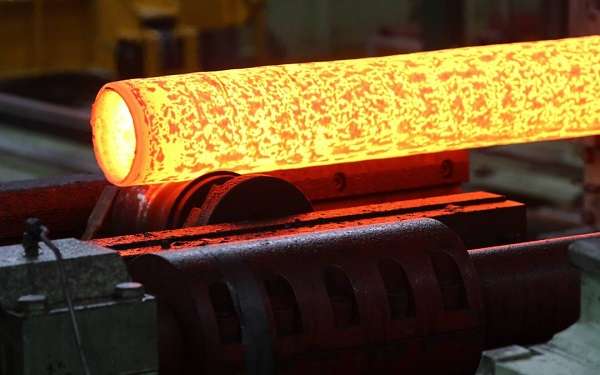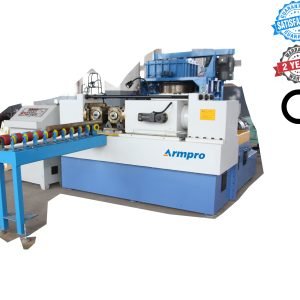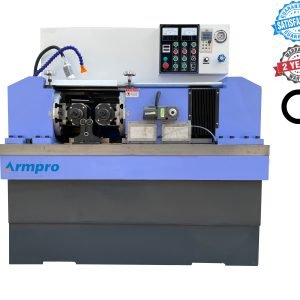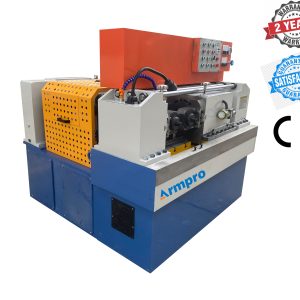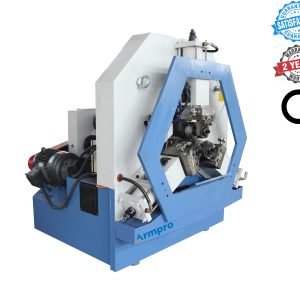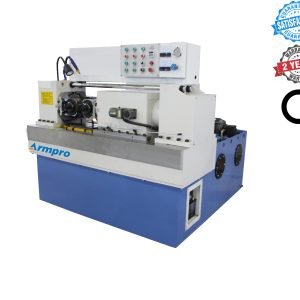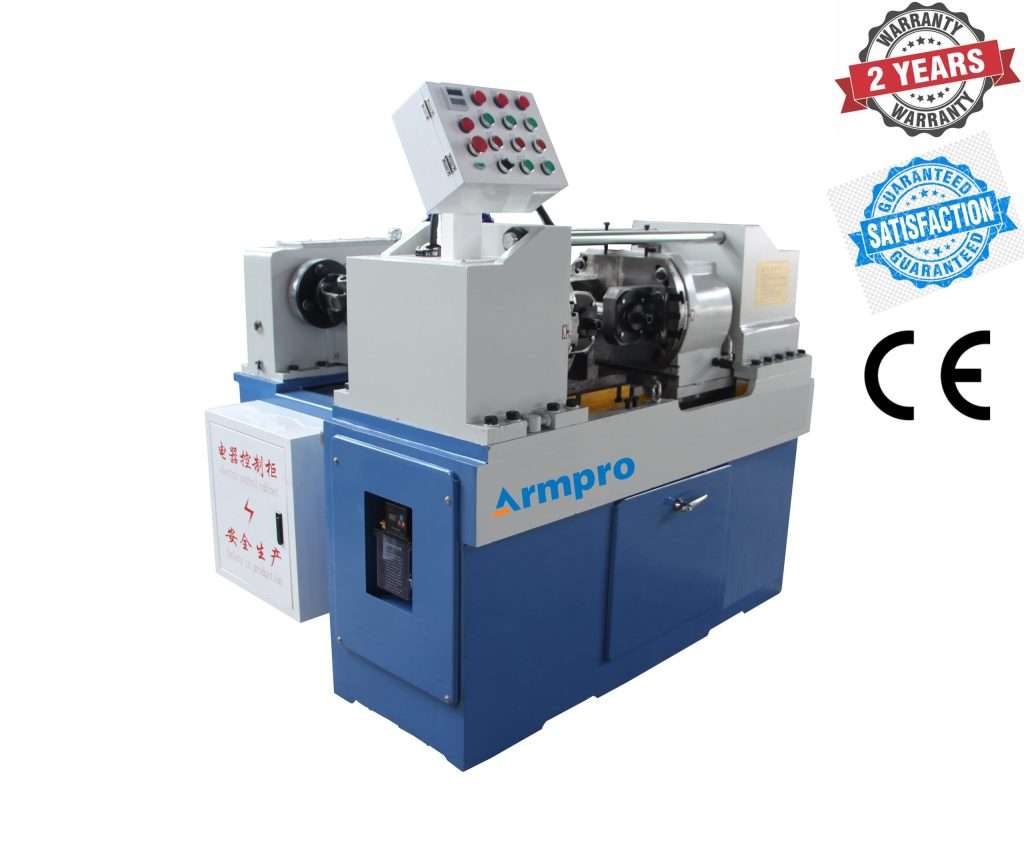Free Seamless Pipe Size Chart | Quick Lookup
Introduction
Find a large list of seamless pipe size charts that contain detailed dimensional information, wall thickness, and weights—preferred by engineers, fabricators, and those in the construction and piping trades.
1. What is a seamless pipe?
A seamless pipe size chart is an easy and standard import that offers essential data concerning diverse seamless pipes, such as metal temperature (OD), thickness, schedule (SCH), and the weight per unit measure.
It is a good guideline by the engineers, designers, and other industry players in designing, setting up, and maintaining pipelines. This chart assists in having adequate pipe selection on the basis of the project requirements, pressure ratings, and material standards.
The seamless pipe size chart in mm, which has accurate measures in the form of nationally recognized dimensions, is a characteristic that makes the seamless pipe size chart particularly applicable to international and metric-oriented engineering practices.
It enables users to easily compare the specifications of pipes and determine the proper size suitable for structural, mechanical, and high-pressure applications.
The seamless pipes dimensions chart normally complies with international norms like ASME B36.10M or ASTM standard and can be applied and used across the industry, relying on the interchangeability of their sizes quickly and reliably worldwide in sectors like oil and gas, petrochemical, power generation, or the construction industry.
The incorporation of a seamless pipe size chart allows professionals to rationalize the planning of any project, increase safety, minimize the wastage of materials, and guarantee that the chosen pipes will fit all the desired characteristics of the design and operation.
| Nominal Bore | Outside Diameter | Wall Thickness | Schedule | Class | Weight | ||
| Inch | Inch | MM | MM | Kg Per Meter | Ibs Per Foot | ||
| 1/8” | 0.405 | 10.3 | 1.70 | 40 | STD | 0.36 | 0.242 |
| 2.40 | 80 | xS | 0.47 | 0.316 | |||
| 1/4” | 0.54 | 13.7 | 2.20 | 40 | STD | 0.62 | 0.417 |
| 3.02 | 80 | XS | 0.79 | 0.531 | |||
| 3/8” | 0.375 | 17.1 | 2.30 | 40 | STD | 0.84 | 0.565 |
| 3.20 | 80 | XS | 1.10 | 0.739 | |||
| 1/2” | 0.84 | 21.3 | 2.77 | 40 | STD | 1.30 | 0.874 |
| 3.73 4.78 |
80 160 |
XS | 1.62 1.95 |
1.089 1.310 |
|||
| 7.47 | 一 | XXS | 2.55 | 1.714 | |||
| 3/4” | 1.05 | 26.7 | 2.87 | 40 | STD | 1.69 | 1.136 |
| 3.91 5.56 |
80 160 |
XS | 2.20 2.90 |
1.478 1.949 |
|||
| 7.82 | 一 | XXS | 3.64 | 2.446 | |||
| 1” | 1.315 | 33.4 | 3.38 | 40 | STD | 2.50 | 1.680 |
| 4.55 6.35 |
80 160 |
XS | 3.24 4.24 |
2.177 2.849 |
|||
| 9.09 | - | XXS | 5.45 | 3.662 | |||
| 1-1/4” | 1.66 | 42.2 | 3.56 | 40 | STD | 3.39 | 2.278 |
| 4.85 6.35 |
80 160 |
XS | 4.47 5.61 |
3.004 3.770 |
|||
| 9.70 | 一 | XXS | 7.77 | 5.221 | |||
| 1-1/2” | 1.9 | 48.3 | 3.68 | 40 | STD | 1.23 | 0.827 |
| 5.08 7.14 |
80 160 |
XS | 1.65 2.20 |
1.109 1.478 |
|||
| 10.16 | - | XXH | 2.91 | 1.955 | |||
| 2” | 2.375 | 60.3 | 3.91 | 40 | STD | 5.44 | 3.656 |
| 5.54 8.74 |
80 160 |
XS | 7.48 11.11 |
5.026 7.466 |
|||
| 11.07 | 一 | XXH | 13.47 | 9.051 | |||
| 2-1/2” | 2.875 | 73 | 5.16 | 40 | STD | 8.63 | 5.799 |
| 7.01 9.53 |
80 160 |
XS | 11.41 14.92 |
7.667 10.026 |
|||
| 14.02 | 一 | XXS | 20.37 | 13.688 | |||
| 3” | 3.5 | 88.9 | 4.80 | 一 | 一 | 9.95 | 6.686 |
| 5.49 7.62 |
4080 | STD XS |
11.29 15.27 |
7.587 10.261 |
|||
| 11.13 | 160 | 一 | 21.35 | 14.347 | |||
| 15.24 | - | XXS | 27.63 | 18.567 | |||
| 3-1/2” | 4 | 101.6 | 4.80 5.74 |
-40 | STD | 11.46 13.57 |
7.701 9.119 |
| 8.08 | 80 | XS | 18.63 | 12.519 | |||
| 12.00 | 26.51 | 17.810 | |||||
| 16.50 | 34.63 | 23.270 | |||||
| 4 | 4.5 | 114.3 | 6.02 | 一 | 10.88 | 7.311 | |
| 8.56 | - | 12.96 | 8.709 | ||||
| 5 | 5.56 | 141.3 | 6.55 | 40 | STD | 21.77 | 14.629 |
| 9.53 12.70 |
80 120 |
XS | 30.97 40.28 |
20.811 27.067 |
|||
| 15.90 | 160 | - | 49.17 | 33.404 | |||
| 6 | 6.63 | 168.3 | 7.11 10.97 |
4080 | STD XS | 28.26 42.56 |
18.990 28.599 |
| 14.30 | 12 | 一 | 54.31 | 36.495 | |||
2. What materials are used for seamless pipe?
Depending on the requirements of applications, pressure, and environmental conditions, the manufacturing of seamless pipes using various materials is done to meet the various needs of the industry.
The strength, durability, and corrosion resistance of pipes, as well as how well they perform, largely depend on the material that has been used. The most common materials that would be used in making seamless pipes are given below:
· Carbon Steel
In seamless pipes, carbon steel is the most common because of its high strength, low price, and application versatility.
The application seeks its use in oil and gas, water distribution, and structural uses. Some of the common grades are ASTM A106, A53, as well as API 5L.
· Alloy Steel
Alloy steel has other elements like chromium and molybdenum, and nickel added to it, which increase its wear and pressure as well as heat resistance.
It is suitable when the temperatures and pressures are high, such as in power stations and refineries. Typical grades: ASTM A335 (P1, P5, P11, P22).
· Stainless Steel
The seamless stainless-steel pipes are extremely resistant to corrosion and have great strength. They find a common application in the food industry, chemical processing, and marine industries. Classes such as 304, 316, and 321 are extremely popular.
· Duplex & Super Duplex Steel
These steels exhibit the best of austenitic and ferritic stainless steels, being highly strong and having good corrosion resistance, particularly in chloride-rich environments. Examples of usage are desalination plants and offshore oil rigs.
· Nickel Alloys
Inconel and Monel are nickel-based semi-alloy seamless pipes which is used in chemical plants, nuclear reactors, and aerospace in extremely high temperatures and severely corrosive conditions.
· Titanium and copper
Copper has a good thermal conductivity and is applied in air conditioning and indoor plumbing. Titanium is strong and resistant to corrosion, making it ideal for use in aerospace and marine applications.
The selection of materials plays a very important role in performance, durability, and with regard to safety in seamless piping systems.
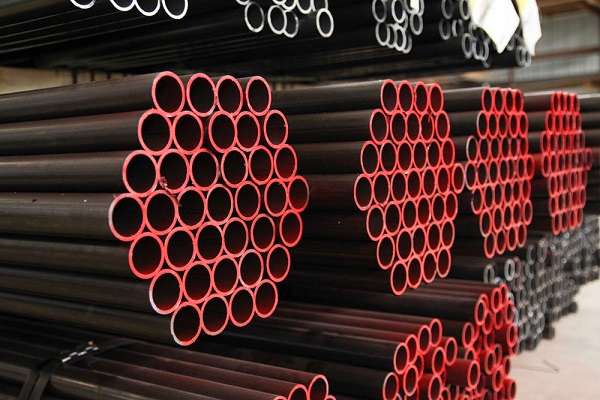
3. What is the application of the seamless pipe?
In industries, the seamless pipes and spools take up a significant area because it is very strong, resistant to high pressure and temperature, and also resist the corrosive nature of industries. Some of the most important applications are shown below:
· Oil and Gas Industry
Seamless pipes are commonly used in the upstream, midstream, and downstream operations to convey crude oil, natural gas, and refined products. They are suitable for high-pressure and high-temperature drilling, casing, tubing, and pipeline.
· Petrochemical and Chemical Industry
The seamless pipes can also be employed in processing plants to transport aggressive fluids, acids, and gases, given their good resistance to corrosion and chemicals. They are vital in the process of pressure vessels, heat exchangers, and boilers.
· Power Generation
Seamless pipes installed in boilers, superheaters, and heat exchangers of the thermal or nuclear power plant require high pressure and heat resistance.
· Automotive and Mechanical Engineering
Automotive parts, machine components, and hydraulic systems use seamless tubes because they are precise, strong in mechanics, and have good fatigue resistance.
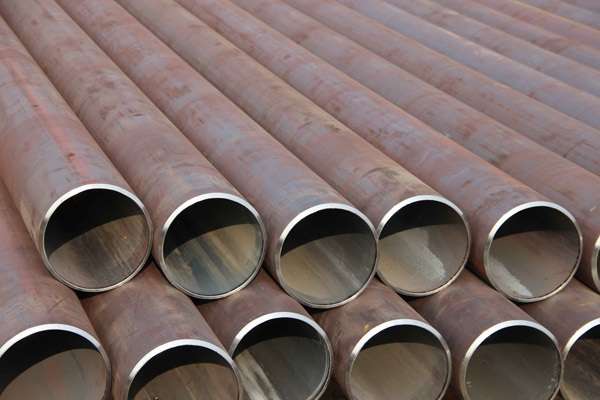
· Construction and Infrastructure
They would be applied to the structural constructions like bridges, buildings, and scaffolding, which require strength and the ability to support weight.
· Aerospace and Defense
Titanium and nickel alloys are used in the framework of aircraft, hydraulic systems, and military equipment because of their corrosion resistance and lightness, attributable to seamless pipe construction.
· Food and Pharmaceutical Industries
Pipes stainless steel Seamless stainless-steel pipes are used in sanitary areas where the degree of hygiene, non-corrosiveness, and non-reactivity to the contents need to be met.
Seamless pipes are very necessary in any application where safety, durability, and reliability are crucial.
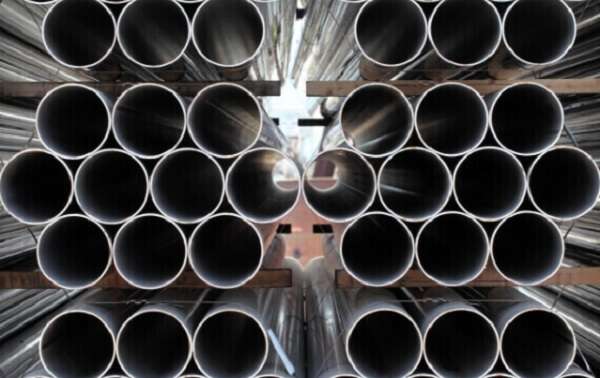
4. How to choose the right seamless pipe?
In industrial, commercial, or structural uses of seamless pipes, it is important to properly select the appropriate one to guarantee the safety and efficiency of the piping system and its durability.
Among the main aspects to rely on when making the decision, one should take into consideration the following factors:
· Application Requirements
Know the use of the pipe. Are they used to carry fluids, provide construction, high-pressure, or corrosive substances? The material, the thickness of the walls of the pipe, and its strength will be determined by the purpose.
· Material Selection
Select a material that will fit the operating environment:
- General-use carbon steel in water, gas, and oil transportation.
- High-pressure, high-temperature alloy steel.
- Stainless steel is used in corrosion-resistant applications such as food processing or chemicals.
- Very high temperatures and corrosive environments (e.g., Nickel or titanium alloys used in aerospace or chemical industries).
· Pipe Size and Schedule
See a seamless pipe size chart in millimeters or a piping chart in inches to determine the OD and schedule of the pipe you want to use. How to handle stress and adapt to other components is defined by them.
· Standards and Certifications
Make sure that the pipe is of appropriate standards to the industry, namely ASTM, ASME, API, or ISO standards. The quality and compatibility of your project are certified.
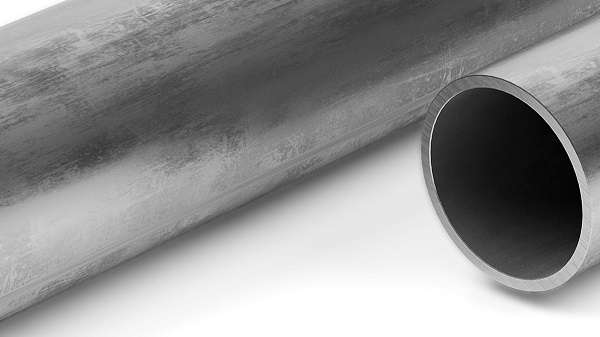
· Operating Pressure and Temperature
Just look at the maximum pressure and the temperature that the pipe can endure. This helps in ensuring that there is safety and that there is no premature failure or deformation.
· Corrosion and Chemical Resistance
Special alloys, stainless steel, and duplex were chosen to be resistant to corrosive environments or environments that may cause chemical reactions.
· Supplier Reliability and Quality Assurance
Purchase materials only through reputable manufacturers or suppliers, offering materials test reports (MTRs), quality certificates, and after-sales support.
Considering these facts meticulously, you can select an appropriate seamless pipe that best suits your technical and financial demands.
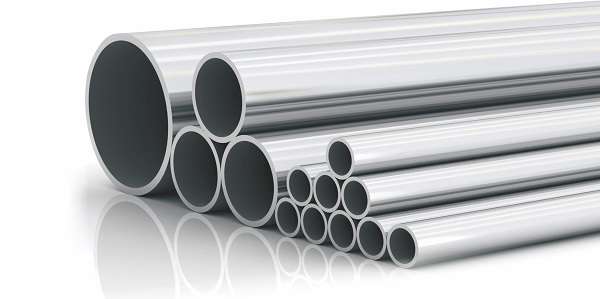
Conclusion
The seamless pipe size chart is a necessary reference material in determining the right pipe dimensions regarding application, pressure, as well as material content.
It also gives exact details on the dimensions of seamless pipe sizes, such as its outer diameter and thickness of the walls, which may be provided as imperial size and what is known as the seamless pipe size chart in mm.
Knowledge of the seamless pipe dimensions chart is the element that enables engineers and other professionals to consider appropriate fitting, strength, and safety in different industries.
The process of selecting a suitable seamless pipe depends on personal preferences, requirements of the application, and guidelines in the industry. An informed selection enhances performance, mitigates risk, and promotes long-term dependability.
Don't forget to share this post!
Related Products
CONTACT US
Tell us your raw material and working details to get quotations within 24 hours.
WhatsApp Us: +86 159 27 555863

Want the best price & newest metal working machinery buying guide,tips and trends sent straightly to your box?Sign up for Armpro's monthly newsletter,we're free for your consultation and Offer you the most suitable working solutions!
The Buyer's Guide
- Tapping Machine: The Ultimate Buying Guide in 2024
- Electric Tapping Machines:the Ultimate Buying Guide in 2024
- Drilling Machine: The Ultimate Buying Guide in 2024
- Drilling milling Machine:The Ultimate Buying Guide in 2024
- CNC Tapping Machine :The Complete Buying Guide in 2024
- Pipe chafering Machine:The Complete Importing Guide in 2024
- Radial drilling Machine:The Complete Buying Guide in 2024
- Thread rolling Machine:The Complete Buying Guide In 2024
- Pillar Drilling Machine:The Ultimate Buying Guide in 2024
